Measurement
Here is a Quick and Easy 2-Step Guide for How to Convert pound to kilogram? How to Convert pound to kilogram to pounds? But first, let’s see some basic terms.
Measurement is an integral part of modern science in everyday life in general and is now widely used in the sciences of chemistry, mathematics, and physics for the purpose of mass, weight, time, speed, etc. And their impact on human life, and the need to use them in the right manner.
Mass and weight
Mass is defined as the amount of substance contained in the body, measured in kilograms according to the international unit system. It is common to use the term weight rather than mass;
the reason is that weight or strength is the force of gravity of the earth, And not the amount of content contained in it, Newton’s second law to measure the strength of the relationship between weight (force) and mass:
Force = mass x acceleration
F = m x a
Since the acceleration of gravity is 9.8m / s-2, a human weight of 50 kg is 490 Newton. Newton is the unit of weight measurement. Since weight depends on the force of gravity, Earth is different from the body weight itself on another planet, such as Mars or Jupiter.
System International Units (S.I)
What is the role of SI Units to Convert pounds to kilograms?
The International System of Units is a scientific method for expressing important values and quantities. It was called the meter-kilogram system and its abbreviation (MKS). There are seven basic units in this system, from which the other secondary units are derived. These basic units are:
Meter: Distance or displacement measurement unit.
Kilogram: The kilogram is the unit of mass measurement. One kilogram is the mass of a physical model made of platinum and iridium and is kept in the International Bureau of Weights and Measures. The kilogram is also the mass of one liter of pure water.
Second: Second is the unit of time measurement; one second equals the time taken to complete about 9 billion cycles of radiation resulting from the transmission of electrons from one level to another in the cesium atom.
Kelvin: the temperature measurement unit; Kelvin is equivalent to about 0.00366 for the thermodynamic degree of the triple point of pure water, a point that unites the three cases of pure water.
Ampere: The unit of measurement of the current; one ampere is equivalent to the current produced for a force of 0.2 μm between two straight parallel lines, with infinite length and zero diameters, fully connected to electricity, separated from each other by a distance of one meter.
Candela: Luminous Intensity.
Mole: A unit measuring how much material.
These units are derived from the above base units, such as Hertz, Newton, Pascal, Oum, Fard, Vault, and other secondary units.
How do Convert pounds to kilograms?
in some countries mass is measured in pounds instead of the kilogram and can be converted from pound to kilogram manually in two ways:
- The kilogram is equivalent to 2.20462262185 pounds; approximately 2.2 pounds. To convert from pound to kilogram, the value is divided into 2.20462262185, or 2.2 for simplification, then the output is in kilograms.
- The pound is equivalent to 0.45359237 kg, or approximately 0.454 kg. To convert from pound to kilogram, the value given is multiplied by the pound per kilogram, resulting in kilograms.
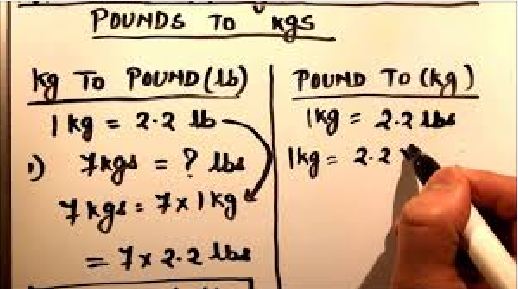
Conversion from kilogram to pound
How do Convert pounds to kilograms?
The conversion from kilogram to pound is also done manually in two ways:
- The pound is equivalent to 0.45359237 kg, or about 0.454. To convert from kilogram to pound, the value given is divided by the number of pounds per kilogram, and the result is in pounds.
- The kilogram is equivalent to 2.20462262185 pounds approximately 2.2, and to convert from kilogram to pound, the value is multiplied by 2.20462262185 (or 2.2 for simplification), and the output is in pounds.
The unit of the kilogram is the value of 1000 grams. To convert from gram to kilogram, the value given in grams is divided by 1000. For the conversion from kilogram to gram, the value given per kilogram is multiplied by the kilo value of 1,000.
Examples of conversion between units
Example 1: The mass of a man is 176 pounds, the mass of which is in kilograms.
Solution: 1 kg = 2.2 pounds, divided by 2.2, the output is: 176 / 2.2 = 80 kg
Example 2: A man’s mass is 70 kilograms, and his mass is in the pound.
Solution: 1 kg = 2.2 pounds, and by multiplying by 2.2, the output is: 70 x 2.2 = 154 pounds
Example 3: If the mass of a person is 120 pounds, how many kilograms per kilogram?
Solution: By dividing the number (120) by the amount of kilogram per pound; ie, about 2.2, or multiplying it by the pound per kilogram or about 0.454, the output would be about 54.5 kg.
Example 4: If a person’s mass is 55 kg, how many pounds is equivalent?
Solution: By dividing the number by the number of pounds per kilogram; that is, around 0.454, or multiplied by the kilogram per pound; that is about 2.2, the output would be about 121 pounds.
Automatic conversion of units
Smartphones have several applications that allow users to convert any value from one unit of measurement to another automatically and quickly, and websites are available for conversion on Google, which converts units once the value is entered followed by its unity, and then the unit to be converted.
States not using the International Units System
There are some countries that do not use the international unit system, including the kilogram. These countries are Myanmar, Liberia, and the United States of America.
In 1971, the National Institute of Standards and Technology sent a report on the conversion of America’s system of standard units to the international unit system, and that the conversion process takes place over a 10-year period.
And In 1975, the US Congress passed the resolution and put it into effect. In view of the attempt to speed up the implementation of the resolution and to shorten the process required for conversion, from 10 years to immediate implementation, the implementation process was not completed.
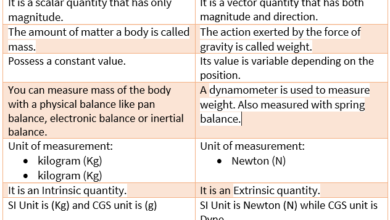
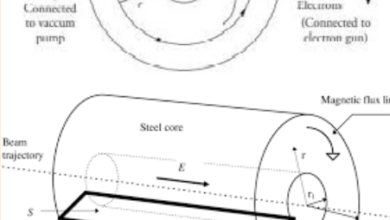
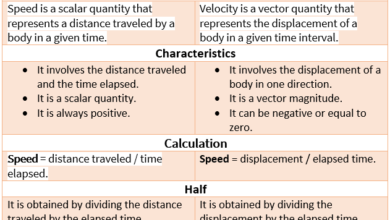
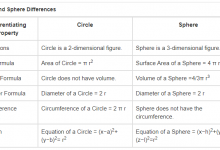
Sir! You are working hard. Please keep it up.
Thank You So Much….! We will be glad to see same work from yours.